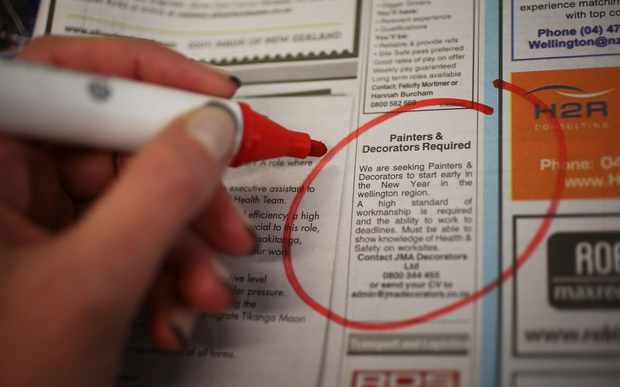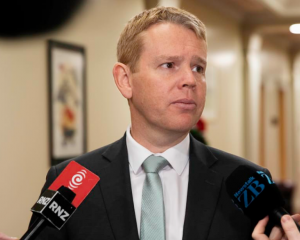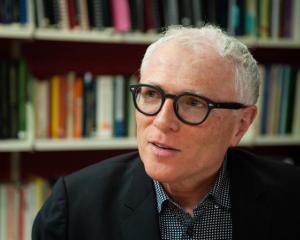
While the number technically looked better, Stats NZ senior manager Sean Broughton said it only improved because to be considered unemployed, a person must be actively looking for work, which many could not do during the lockdown.
"Actively seeking work means going beyond browsing job vacancies. It means the person is applying for jobs … submitting their CV or contacting employers," he said.
The unemployment rate is not the same as the number of people receiving Jobseeker Support from the Ministry of Social Development.
Broughton said other figures from the labour market data were more telling.
"About 650,000 people were away from their job, working fewer hours or less than they wanted, or were otherwise less active in the labour market."
This quarter underutilisation rose from 10.4 percent to 12 percent - the largest quarterly rise since [2004]."
The underutilisation rate included those who were unemployed as well as those who were employed but would like to work more, or who were not employed and could work - but were not actively seeking a job.
"This quarter the number of unemployed people fell. At the same time, the number of underemployed people rose by 33,000 and available potential jobseekers rose by 18,900."
Broughton said this was likely because of businesses cutting people's hours and ending their employment during the lockdown.
"Underutilisation is a broad measure of spare capacity and is just as important as the unemployment rate."
The number of people considered not in the labour force - for example retirees and students - rose by 37,000, while the number of people in the labour force also fell.
Combined, the drop in the number of people in the labour force fell to the largest amount since the global financial crisis.
The number of hours actually worked during the June quarter fell sharply with 9.3 million less hours worked than in the March quarter - the largest decrease since this series began in 1986.
Paid hours also dropped 3.4 percent on the March quarter despite many businesses keeping staff on with support from the wage subsidy.
The employment rate also fell with 11,000 less people employed this quarter than last, and a rise in the working-age population.
Stats NZ broke down the unemployment rate by lockdown alert level and while across the board the rate had improved to 4 percent, variance could be seen.
"When the country was in alert level 4, the unemployment rate was slightly less than 3 percent. Towards the end of the quarter, when alert level 1 was in place, the unemployment rate rose to nearly 5 percent [not seasonally adjusted]."
The data also showed over three quarters of businesses surveyed had received a wage subsidy.










